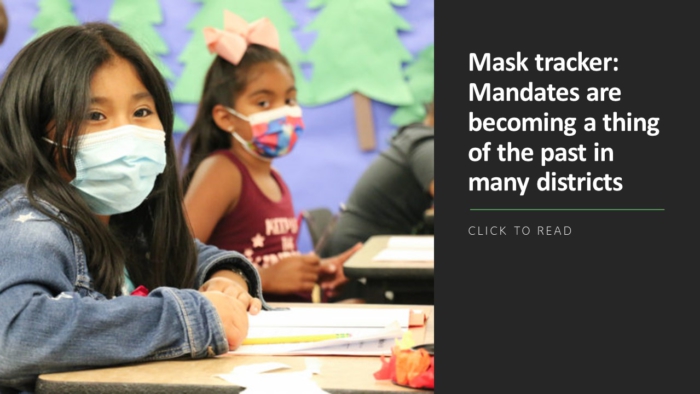Building students’ and staff’s confidence that threat reporting will lead to action remains critical to K-12 leaders’ efforts to prevent school violence. Fortunately, new research offers guidance for administrators working to create a culture where people feel safe speaking out about signs of potential danger.
A range of conditions must be in place to create an atmosphere of vigilance. First, robust reporting cultures emerge when students and staff forge strong and trusting relationships. This makes students more comfortable about sharing concerns with an adult, according to a new analysis of K-12 threat reporting by the RAND Corporation.
Students are also more likely to report threats if they can do so anonymously over their preferred methods of communication and if they can speak to someone trained in crisis communication. The latter lowers barriers for students or staff who are reluctant to talk to law enforcement, the analysis says.
“Fears of being labeled a snitch or of potential retaliation limit students’ willingness to report,” the analysis says. “Others do not trust adults with keeping their information confidential or acting on their information or are uncomfortable with the potential for disciplinary action that reporting might bring.”
FETC 2023
The Future of Education Technology® Conference takes place live and in-person Jan. 23-26, 2023, in New Orleans. Register now!
The RAND analysis offers several recommendations to administrations working to make students and staff more comfortable about reporting threats:
- Give teachers and staff more opportunities to interact informally with groups of students outside the classroom.
- Conduct regular training and outreach so students know what to report and when and how they should report their concerns.
- Training materials should be tailored to specific school contexts and groups of students. Students can also conduct outreach to encourage their more reluctant peers to report threats.
- Set up reporting systems that are widely accessible to students and other community members.
- Alert users of anonymous reporting systems when their anonymity could be forfeited. Or, schools using confidential systems could collect reporter information but keep it private.
- Specialized staff should be available to support people reporting suicidal ideation or self-harm.
- Publish regular reports to increase transparency around critical issues, such as when information is shared with law enforcement and when situations are left exclusively to school administrators.
- Offer clear guidance and training so staff know their roles in the reporting process. Also, provide staff with teaching materials to increase students’ knowledge about reporting.
- Train security personnel to work and communicate effectively with the school community.
Ultimately, students are more willing to report threats if they see that administrators take the information seriously and school rules are enforced fairly and consistently. Communicating what happens when threat reports are received is critical to assuaging students’ fears about reporting, the report says.
More from DA: Maryland is ranked no. 1 for education equality. Where does your state rank?



